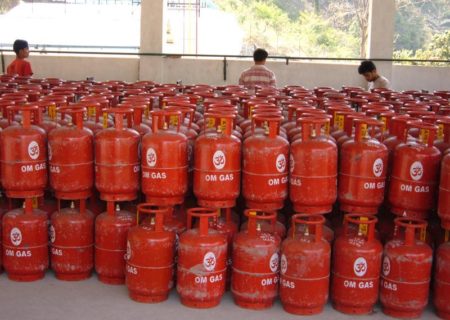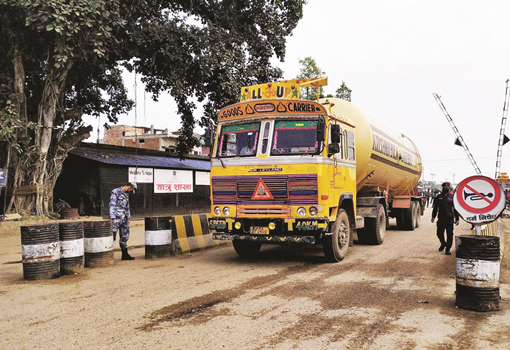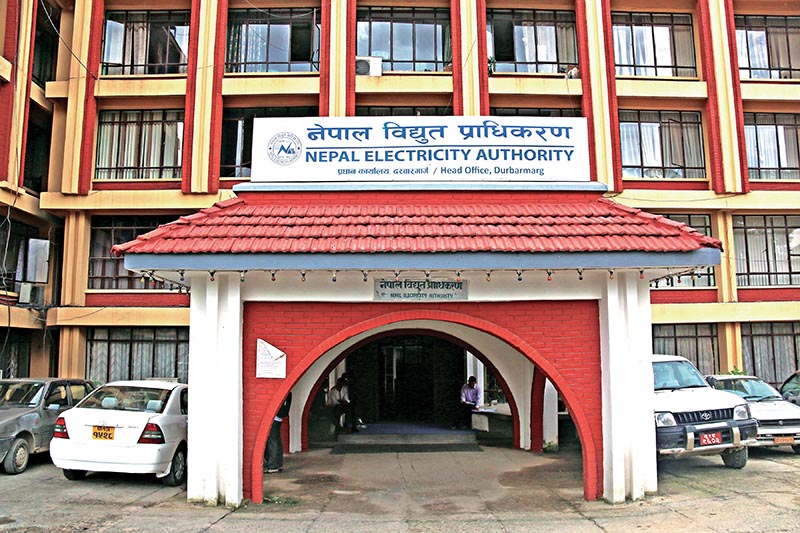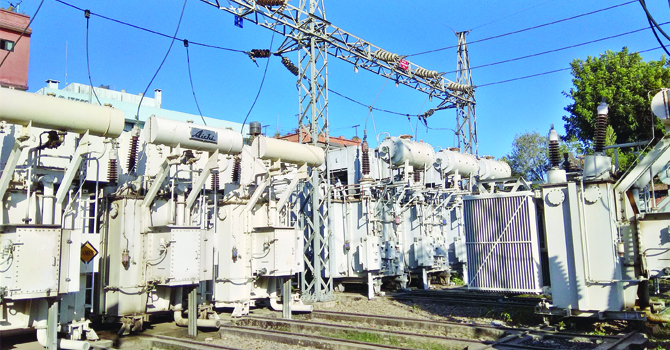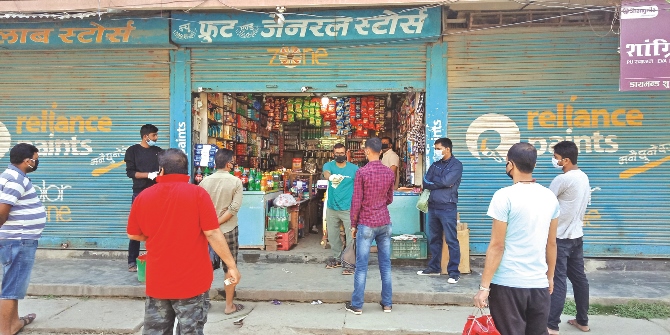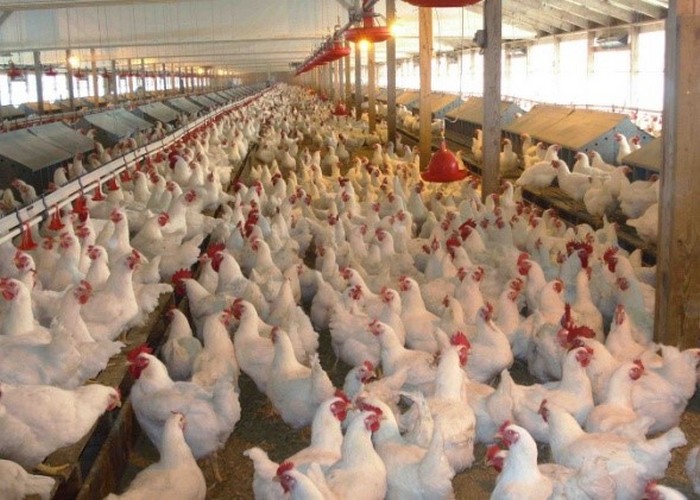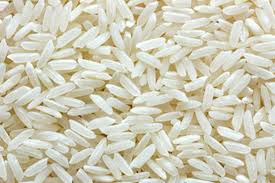National Paddy Day marked
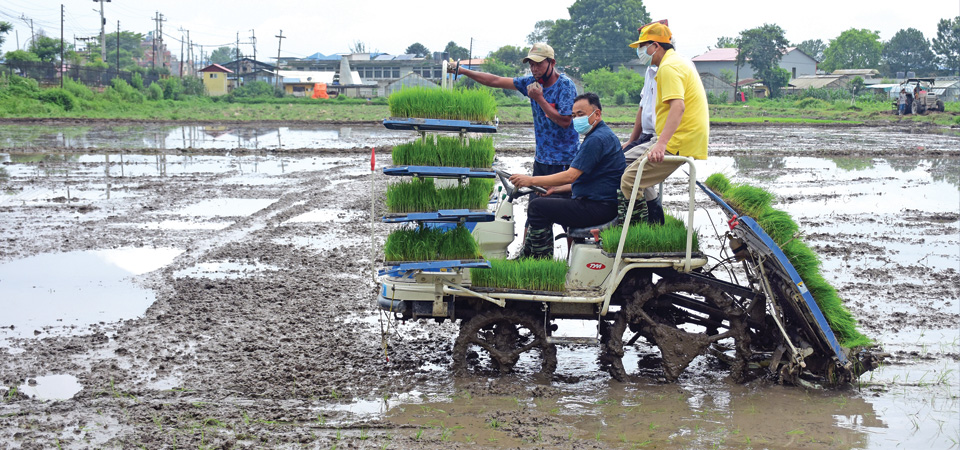
By Laxman Kafle
Kathmandu, June 30: Farmers across the country observed the 18th National Paddy Day and paddy festival by planting paddy and savouring Dahi Chiura (curd and beaten rice) on Tuesday.
The theme of the 18th National Paddy Day was ' Increase in paddy production, food security, self-reliance and prosperity'.
The Day is marked on the 15th day of the month of Asar every year. The day is also known as the day to enjoy curd and beaten rice.
Farmers were busy planting rice at their fields as the nation received adequate rainfall before Asar 15 this year. Asar is popularly known as ‘mano ropera muri ubjaune’ (growing more by sowing less) time.
A formal programme was organised by the Department of Agriculture and Nepal Agriculture Research Council at Khumaltar, Lalitpur to mark the day in the presence of Agriculture and Livestock Development Minister Basanta Kumar Nembang.
Government officials, farmers from the Kathmandu Valley and paddy experts, among others, attended the programme organised by maintaining the health protocol.Paddy was planted using a paddy transplanter machine at the event.
Inaugurating the Paddy Day, Minister Nembang said that prosperity could be achieved only by becoming self-sufficient in major food grains, including paddy.
Stating that agriculture is the reliable base of the country's economy and paddy is a major crop, he said, adding that it was possible to make the country self-reliant in paddy by increasing production and productivity.
He also said that the government was ready to make policy reforms for the modernisation of agriculture to increase the productivity of paddy. Minister Nembang said, "Paddy has made a significant contribution to the food and nutrition security of Nepal. It is also linked to Nepal's religion and culture. From birth to death, rice is essential."
He also urged the farmers to involve in paddy plantation following the health standards to keep COVID-19 at bay.
About 600,000 tonnes paddy shortfall to meet demand
Secretary at the Ministry of Agriculture and Livestock Development Dr. Yogendra Kumar Karki said that paddy production will increase to 6 million tonnes this year due to the favourable weather and availability of chemical fertilisers.
Last year, about 5.62 million tonnes of paddy was produced.
He said that the government would focus on technology, mechanisation and study and research to increase the production and productivity of food grains.
He said that the government has started the process of setting up a chemical fertiliser factory as there is no alternative to chemical fertiliser to increase production and productivity.
The government has introduced various special programmes related to major crops including paddy aiming to make the country self –reliant at the earliest.
Karki said that it was a challenge to the country to be self-reliant in paddy at present despite the increment of productivity.
“The productivity of paddy is increasing every year but it is still insufficient to meet the demand of rice in Nepal.
There is a shortfall of about 600,000 tonnes of paddy to meet the national demand,” he said.
About 27% plantation complete across the country
Paddy plantation has completed in around 27.12 per cent of the country’s total paddy field as of Tuesday.
Mahadev Prasad Paudel, information officer of the Department of Agriculture, said that paddy has been planted in 27.12 per cent of the paddy field across the country, which is 8 per cent less than the previous year.
Paddy plantation has completed in around 371,958 of 1.37 million hectares of paddy field so far.
Paddy plantation is going on in full swing across the country as there has been regular rainfall and availability of fertilisers, he said.
According to the department, plantation has just started in two provinces—Province-1 and Province-2, which account for about 75 per cent of the total paddy production.
In Karnali, paddy has been planted in 62.14 per cent of paddy field while only 10.55 per cent of the plantation has been done in Province-2.
Likewise, 17.91 per cent paddy plantation has completed in Province-1, 21.07 per cent in Bagmati, 15.34 per cent in Gandaki, 45.94 per cent in Lumbini and 48.31 per cent in Sudurpaschhim province.
Recent News

Do not make expressions casting dout on election: EC
14 Apr, 2022
CM Bhatta says may New Year 2079 BS inspire positive thinking
14 Apr, 2022
Three new cases, 44 recoveries in 24 hours
14 Apr, 2022
689 climbers of 84 teams so far acquire permits for climbing various peaks this spring season
14 Apr, 2022
How the rising cost of living crisis is impacting Nepal
14 Apr, 2022
US military confirms an interstellar meteor collided with Earth
14 Apr, 2022
Valneva Covid vaccine approved for use in UK
14 Apr, 2022
Chair Prachanda highlights need of unity among Maoist, Communist forces
14 Apr, 2022
Ranbir Kapoor and Alia Bhatt: Bollywood toasts star couple on wedding
14 Apr, 2022
President Bhandari confers decorations (Photo Feature)
14 Apr, 2022



